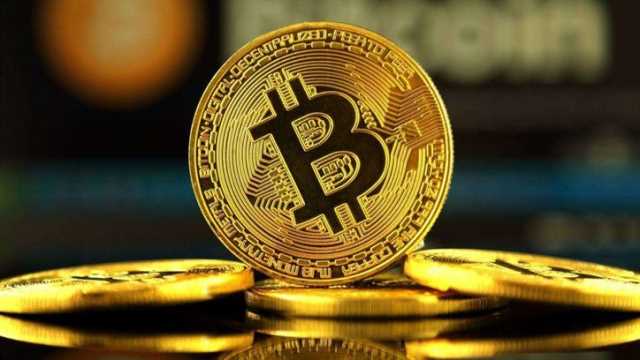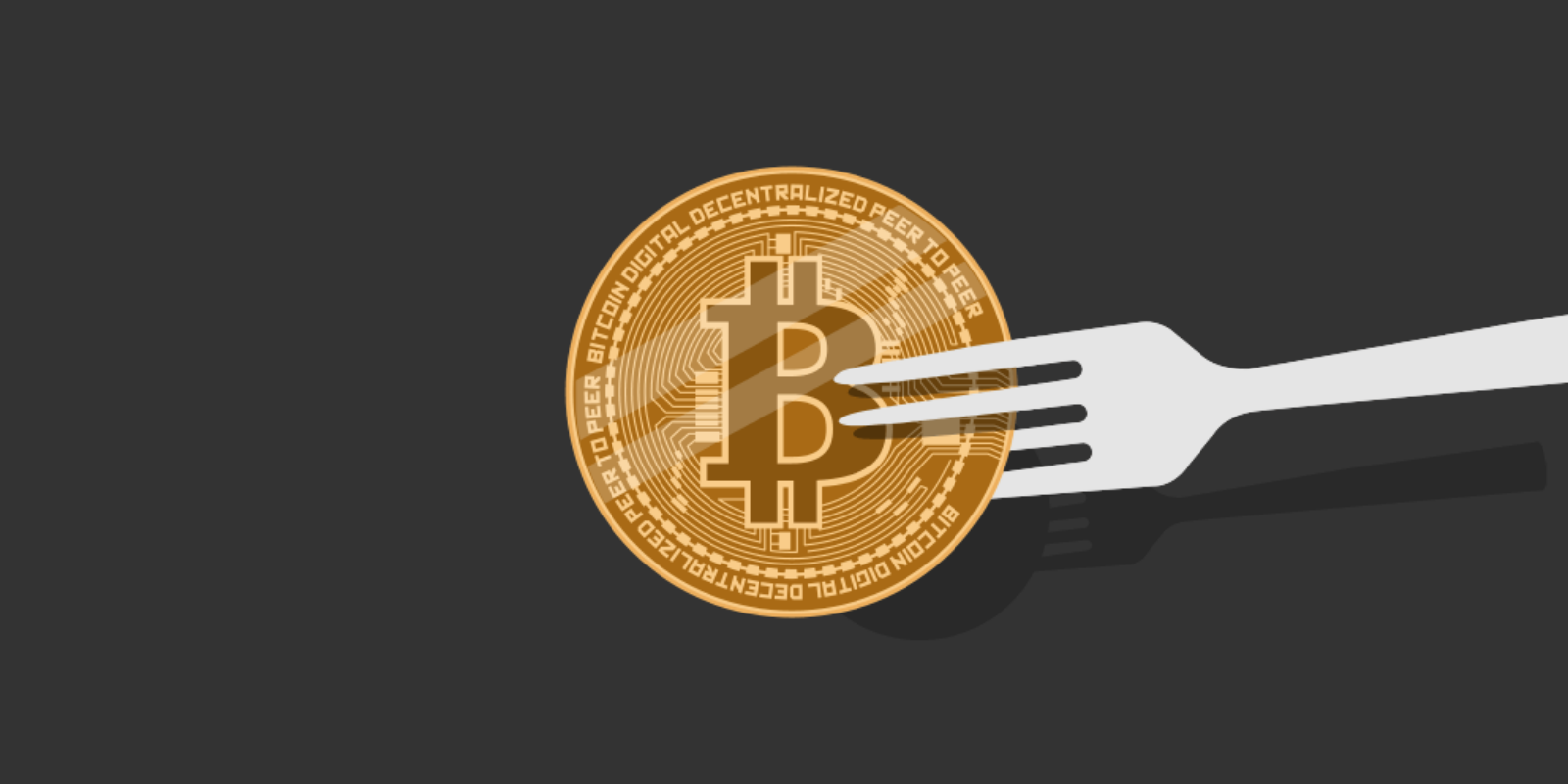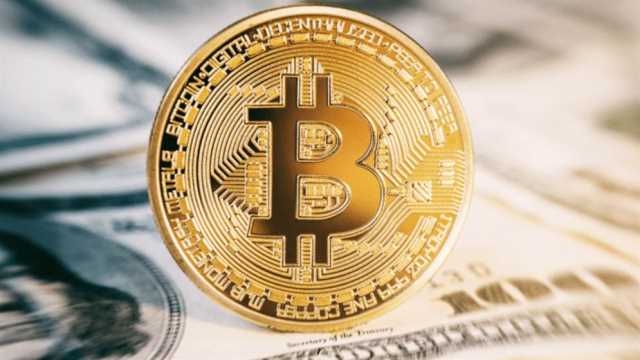History And Forks Of Ethereum
Content
- Crypto Partners In Your Location
- Ethereum London Hard Fork Ready To Commence
- Eip
- Blockchain Com Launches Beta Version Of Its Own Nft Marketplace
- Access The World’s Most Popular Cryptocurrencies With Low Fees And Social Trading Features In One Simple App
- Top Cryptocurrency News
- London Eips For A More Efficient Ethereum

However, the Ethereum London Hard Fork is crucial to the evolution of the world’s second-largest cryptocurrency. Before then, cryptocurrency traders had been hedging their bets in favor of the world’s second-largest cryptocurrency. Another way to prevent getting this page in the future is to use Privacy Pass. Neither the author, Tim Fries, nor this website, The Tokenist, provide financial advice.
That ongoing reduction in the supply of ether is likely aiding to its recent price gains, with the cryptocurrency up 18% since the London fork went into effect. This base fee tracks gas prices across the network, making it easier for gas fee prediction from wallets and users. The cherry on top of this EIP is that it will cause transaction fees to be burned to improve overall network economics.
Crypto Partners In Your Location
Through her travels she was introduced to the crypto-community back in 2017 and has been interacting with the space since. The network experienced a few pushbacks and failures during the release of testnets, which caused an increase in skepticism surrounding the new additions. Some miners refused to fork because the DAO incident wasn’t a defect in the protocol.

High fees are caused by limited network capacity to process transactions. The EIP-1559 update is designed to reduce the volatility of gas fees; it will have little bearing on how many transactions the network can actually handle. The Ethereum network is one of the most established and probably the most used blockchains today. Its toolkit of functions has enabled it to become the home for multiple stablecoins, countless NFTs (non-fungible tokens), dapps and DeFi projects . Moreover, its native digital asset, ETH , holds the position of second-largest cryptocurrency value by market cap.
Ethereum London Hard Fork Ready To Commence
WisdomTree is the second rejection order to come down in this wave of applications for a spot-based bitcoin ETF. The Block Research was commissioned by BCB Group to create “Trends in Banking for Digital Asset Firms” which provides an overview of firms that provide banking services to crypto companies. Miners make money when the cost of producing coins is lower than the expense of powering and taking care of these machines, and a steep income drop would likely cause headaches for low-margin operations. In an investor note sent out this week and obtained by The Block, Goldman Sachs looked at this “ETH as a deflationary asset” topic and struck a downbeat note.
Ethereum was released in 2015 and is currently the second largest cryptocurrency behindBitcoin, which launched in 2009. There’s also scant regulation for cryptocurrency firms, so you won’t have protection if and when things go wrong. The net effect of this by analogy is the unusually high fees that everyone has been seeing. Then there is the computational cost, which includes transaction validation and confirmation. We have the bandwidth cost, which is the cost of data transfer across the Ethereum ecosystem. By controlling the four basic types of cost within the Ethereum ecosystem, Vitalik presented this as the foundation for what later became the EIP 1559. It is also the reason why traders are bullish about Ethereum as a cryptocurrency.

Hougan argues that because miners are organically linked to the overall value of ethereum, the hope is that they ultimately make up for these losses as the price of ethereum goes up thanks to these protocol changes. While in theory, this means that twice the number of transactions can happen in each block, the upgrade has actually been designed so that the protocol only wants the block to be half full. This is meant to help smooth out spikes in demand, helping gas fees to stay stable.
Eip
Like any other capped asset or commodity, restricted supply generally leads to higher prices. Accordingly, for investors, this is an update that has been highly anticipated for some time. Perhaps today’s announced delay is a signal that investors are impatient and want to see results now. By burning the base fee, we can no longer guarantee a fixed Ether supply. This could result in economic instability as the long-term supply of ETH will no longer be constant over time.
The update is made up of five different components, referred to as Ethereum Improvement Proposals or EIPs, and is mostly concerned with how transaction fees work. It already seems to have massively changed the relationship between mining the currency and the fees it generates. hard fork 3198 accompanies the previous EIP, as it adds an “opcode” to return the value of the base fee for the block on which the transaction is performed. Became interested in cryptocurrencies at the dawn of the latest bull run and bought his first graphics cards.
Ethereum’s ‘London’ hardfork set to go live on testnets starting June 24 – Cointelegraph
Ethereum’s ‘London’ hardfork set to go live on testnets starting June 24.
Posted: Fri, 18 Jun 2021 07:00:00 GMT [source]
Nonetheless, at the height of the craze, the network saw the lowest gas prices since the end of 2020. However, all indications are that, should this update go over well, the upside for ETH is greatly improved. Moving away from an auction system for transactions to be processed to a base-fee model should stabilize the cryptocurrency.
Blockchain Com Launches Beta Version Of Its Own Nft Marketplace
Using the blockchain for decentralized applications means that more people were using the network than supporting it, leading to scalability problems. Ethereum’s London hard fork is the platform’s biggest news in years, and it has a huge potential impact on the people that use and contribute to the Ethereum network.
If you use Ethereum, you should understand what the London fork means for you, and if you don’t use Ethereum, you should understand what the London fork means for blockchain. Another notable Ethereum Improvement Proposal in the London hard fork is known as EIP-3554. Although there’s nothing to stop miners from becoming validators, one small problem lies in the fact that many of them will have expensive equipment that now serves no purpose. Maven 11 Capital, an Amsterdam-based crypto investor, has closed its second venture capital fund with a total of $120 million raised. While the upcoming NFT marketplace is still in beta, Blockchain.com now joins one of many other crypto firms entering the NFT market.
- The first of the upgrades leading up to the launch of Eth2.0, dubbed the Berlin hard fork, was successfully implemented in April of this year.
- As these new developments manifest, all eyes will be on the Ethereum network to see if it can hold its place in the ever-changing decentralized space.
- PoW is based on mining verification and income is derived mainly from the power of the machines involved.
- You can also add a tip for miners as an incentive to skip the queue for your transaction.
- The name might shift to ‘maximal’ not ‘miner’ extractable value, but the principle will remain.
- Already, ETH gas fees have been so unstable for all sorts of transactions that occur within the network.
If the ferry operators have set the price of a ticket too low, they may need all that extra seat capacity to accommodate the passengers standing on the dock who want to hop on board at the base ticket fee. Some users who felt the need to prioritize their transaction would offer to pay a premium above their bid to try to gain preferred status within the block itself. A big part of the enthusiasm has to do with the fact that the software upgrade means a few big — and necessary — changes are coming to the code underpinning the world’s second-biggest cryptocurrency. Ethereum’s “London” hard fork has just activated, and it’s a major change. As always, Ethereum, like any cryptocurrency, is also always affected by the wider market and announcements by regulators and celebrities alike. At the time of writing, the price of Ethereum is currently $2,772 – up by 3.26% over the past 24 hours, according to CoinMarketCap. Before you invest, if you haven’t already, keep in mind that making money through cryptocurrencies is never guaranteed.
Access The World’s Most Popular Cryptocurrencies With Low Fees And Social Trading Features In One Simple App
Ethereum Improvement Proposal-1559 (EIP-1559) was one of the much-awaited improvement proposals that went live in the London Hard Fork. Since the protocol was expected to make gas fees more predictable, proponents expected an overall positive impact on the Ethereum ecosystem and Ether prices. One of them is a mechanism that allows burning a large portion of transaction fees—called the “base fee”—instead of sending it to miners. In order for ETH to become deflationary in the monetary sense of the word, more ETH would have to be burned than issued. On its own, the burn fee mechanism is not enough to determine if the supply will increase or decrease.
If a large share of nodes run by exchanges, miners and other network stakeholders don’t upgrade, it may cause a chain split and disrupt block production on Ethereum. Perhaps the most widely debated change that EIP 1559 implements is one that affects miner rewards. With the upgrade, miners will receive reduced transaction fees and become more reliant on block rewards, transaction tips and potentially “maximal extractable value” for rewards. The changes to the code of the second-largest global cryptocurrency helps to address a scaling issue that has plagued the network increasingly in recent months.
In other words, it could be prone to appreciation or depreciation in purchasing power. The switch to Eth2.0 will ultimately convert Ethereum into a PoS network. When that happens, miners will become obsolete, with stakers assuming the responsibility of confirming transactions on the network.
It seems the Ethereum London Hardfork is yet to solve the high gas fee problem as gas fees are still ridiculously high. As more people interact with the basic infrastructure of the Ethereum blockchain, these costs have gone up significantly. Ethereum fees have been burned by up to almost half their value before this hard fork. In its essence, the London hardfork contains five Ethereum Improvement Proposals , which include EIP-1559, EIP-3198, EIP-3529, EIP-3541, and EIP-3554. Each of these proposals addresses a distinct issue, altogether paving the way for the much-anticipated Ethereum 2.0 upgrade.
- This EIP-1559 update is part of the larger-scale network upgrade called London Hard Fork.
- In other words, it could be prone to appreciation or depreciation in purchasing power.
- Vitalik Buterin’s brainchild has become a victim of its own success, becoming plagued by high gas-fees, slow transaction speeds, and increasing environmental impact as the network has grown beyond his wildest imagination.
- EIP-1559 is expected to burn most of Ethereum’s transaction fees in the future, significantly decreasing the coin’s inflation.
- In a previous post, Beiko said that the hard fork went “smoothly” overall.
The name might shift to ‘maximal’ not ‘miner’ extractable value, but the principle will remain. Ethermine, a vocal opponent of EIP-1559, introduced in March specific front-running software for its mining pool (it accounts for just over 20% of the collective hashrate of Ethereum). At the time, Ethermine said this was to “compensate for the upcoming mining reward reduction caused by the adoption of EIP 1559.
There is always a buzz in the lead to any big network update throughout the entire crypto space. Community members and crypto influencers are known to hype up impending changes, be it Cardano, Ethereum, or Ripple. This latest update consists of five EIPs centered around fees of various kinds , transaction speed, and transaction quantities via scalability.
As these new developments manifest, all eyes will be on the Ethereum network to see if it can hold its place in the ever-changing decentralized space. The main concerns are from miners, because of the alterations to their current modes of working. For those who have been in it for the long haul, concerns are over an unpredictable decrease and centralization of the mining process. As London draws ever-nearer, miners and developers sometimes have different expectations from the updates. The Berlin upgrade optimized gas cost for certain EVM actions, and increases support for multiple transaction types. However, the latter change has generated a lot of controversy among the mining community.
When people send or receive smart contracts, computers are required to validate those transactions. Ether comes into existence by a successful validation, the process is called mining. Simply, Ether is the native currency and Ethereum is the technology that produces it. People can mine Ether or buy those that are already mined from an online exchange. Bitcoin price in India was around Rs. 35.3 lakhs and Ethereum price in India was around Rs. 2.47 lakhs as of 6pm IST on August 13. But Ethereum’s overwhelming popularity has also led to massive amounts of network congestion that is now viewed as holding back the growth in other parts of the blockchain industry. Critics blame Ethereum’s slow processing times, high transaction fees and current lack of ability to scale as a limiting factor on the DeFi sector.

This isn’t necessarily the case in a Proof-of-Stake protocol, so Ether can become a potentially deflationary asset. Proof of Work is the cryptocurrency protocol you’re probably most familiar with, in which miners perform the computations to verify transactions and are rewarded with tokens. Proof-of-Stake protocols are essentially the opposite, in that transactions are verified by token holders, similar to how stock and voting works in public companies. Generally, the ETH community is rather excited about moving to PoS, not least because it should enable the network to handle many more transactions a second. There are also hopes that this added scalability will tackle high gas fees. As in the past, included in the London set of EIPs is a fresh delay of Ethereum’s “difficulty bomb” or “ice age” mechanism. This mechanism, if allowed to play out unabated, renders block times on the network incrementally longer and, as a result, makes the network increasingly difficult to use.
- EIP-150 – increases gas costs of opcodes that can be used in spam attacks.
- It has led to many issues, like determining transaction confirmation and validation fees.
- On July 22nd, the Ethereum 2.0 chain merge proposal was formally approved via GitHub, which means the first step to merge to ETH 2.0 is officially underway.
- Some argue that only the largest miners with the lowest energy costs will be able to operate at a profit.
- Perhaps the most widely debated change that EIP 1559 implements is one that affects miner rewards.
- As of the time of the writing of this sentence, Ethereum just added its 12,959,923th block, meaning there are 5,077 blocks to go.
Everyone, especially the black hatters within the cryptocurrency community, will attempt to test Ethereum’s operating system and infrastructure. From Vitalik’s paper, all the active nodes within the Ethereum ecosystem bear the consequences of this rise in costs. And finally, we have the state storage cost, which has to do with the cost of Ethereum transactions in the now or situ. Within the Ethereum ecosystem, there are four basic types of costs that drive every other liability. Savannah Fortis is a multimedia journalist covering stories at the intersection culture, international relations, and technology.
Will ethereum become deflationary?
Additionally, after merging with the current chain in 2022, Ethereum 2.0 will deploy the Proof-of-Stake (PoS) consensus mechanism. This will make Ethereum to be “completely deflationary” in ETH token supply. According to analysts’ estimates, the ETH supply will start to decrease.
Once enacted, miners will no longer receive income from transaction fees — instead, it’ll go straight to the network in order to be burned. This could result in the circulating supply of Ether beginning to dwindle over time, potentially giving ETH’s value a boost. This change will be huge not just for ethereum, but for the wider cryptocurrency community at large. Previously, gas prices were determined via bids, where those performing the transactions would pitch their bids to miners.
Author: Felipe Erazo



